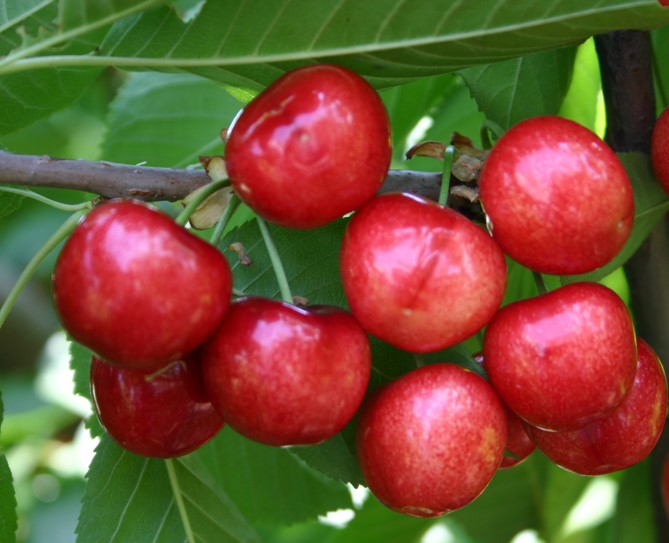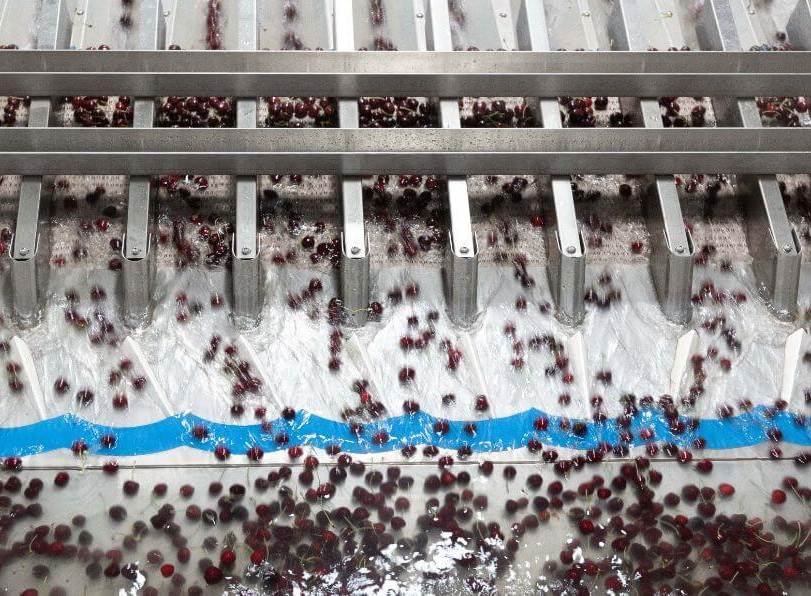At the heart of the 10th International Cherry Symposium held in Washington, Chilean agronomist Marlene Ayala highlighted Chile’s pioneering role in research on plastic covers and foliar nutrition in cherry trees. A strong signal of the country's scientific weight on the global fruit scene.
Chile no longer follows—it leads
Marlene Ayala, professor at the Pontificia Universidad Católica de Chile, was a keynote speaker at the international symposium dedicated to cherries, held in the United States. Her presentation covered both agronomic innovations and strategic vision: from the role of plastic covers in tackling climate challenges to advanced studies on calcium absorption in leaves and fruits.
“Our industry experienced a decisive acceleration starting in 2000, and today we are among the world leaders,” Ayala said in an interview with Portalfruticola.com. “We stopped importing technology and started generating it ourselves: we face unique challenges that push us to innovate with solutions tailored to our territory.”
Plastic covers: Chilean know-how
In her speech, Ayala presented Chile’s developments in the use of plastic covers for cherry orchards. This technology not only protects plants from extreme weather events but also allows for earlier harvests and optimizes the commercial window.
“Our under-cover production system is the result of years of adaptation: we have developed a technological package tailored to our environment, our varieties, and market needs,” she explained.
According to the expert, Chile is now at the forefront of adopting and managing these structures compared to countries like Australia, New Zealand, South Africa, Argentina, Spain, and Italy. However, there is still room for growth. “We are already ahead, but in five years we could have a fully optimized under-cover production system.”
Currently, research teams are investigating innovative materials, automation systems, fruit quality, plant physiology, mineral nutrition, and postharvest, aiming to further refine techniques.
Calcium and nutrition
The second focus of the presentation was cherry tree nutrition, particularly calcium application through foliar treatments. Using stable isotopes, Ayala and her team were able to accurately determine whether and how calcium is absorbed by the plant.
“Our studies show that leaves absorb calcium more efficiently than fruits, but both organs start absorbing it early in the season. This confirms the importance of early and targeted applications,” she emphasized.
This evidence, the result of years of field trials across various Chilean production areas and with different varieties, represents a unique contribution to the international scientific landscape, which often lacks data on these practices.
Visibility and funding
For Ayala, taking part in an international symposium is also an opportunity to increase the visibility of Chilean research. “We are internationally recognized—in China, Europe, and North America. But it’s also important to be acknowledged at home,” she stressed.
A critical issue remains the funding of research. “Unfortunately, it is still difficult to obtain funding for applied research projects in Chile. Abroad, like in the United States, public funds and contributions from producers themselves support the continuous development of the sector.”
A virtuous model that, according to the researcher, could be replicated to further strengthen Chile’s leadership in the cherry industry.
Text and image source: portalfruticola.com
Cherry Times - All rights reserved












